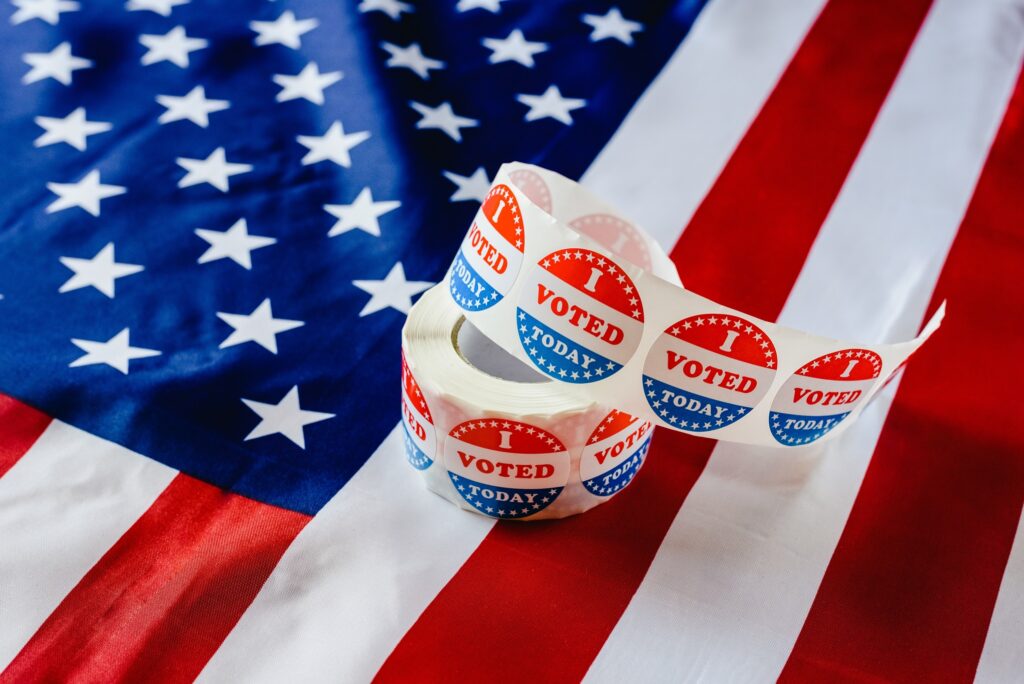D.C. Taxicab Commission should reverse course and re-legalize uberX
Uber recently launched their new uberX service in Washington, D.C. and immediately faced opposition from the District of Columbia Taxicab Commission. UberX is similar to Uber’s black sedan product, except it matches users with a hybrid car at a lower price point. Uber regularly faces opposition from regulators when entering new markets, but Uber’s original business model was formally legalized by the District Council earlier this year.
Ron Linton, chairman of the commission, claimed that hybrid vehicles can’t be classified as sedans under D.C. law, possibly making uberX illegal, but at the time, the D.C. code contained no such distinction.
Until today, that is. The commission took matters into their own hands and effectively banned uberX from D.C. It seems like yet another example of regulators proposing new rules in search of a problem that might not actually exist.
Given Uber’s good track record, why did the commission go after uberX? “It would be allowing a taxi-[like] vehicle essentially to run unregulated against… a taxi that is regulated. That simply doesn’t make sense to me,” said Linton.
It might not make sense to him, but let’s see how Uber’s internal regulations stack up with those provided by the Taxicab Commission.
The regulatory model offered by the commission is pretty standard and has five main features:
- Licensing drivers allows the commission to run background checks on people who want to drive cabs. The physical license, mandated to be displayed at all times, gives consumers a way to report a specific driver for misconduct.
- Meters let passengers know how far the taxi has traveled, and how much they are expected to pay.
- Basic standards on vehicle quality and business practice (including rules like not denying rides based on destination or race) let passengers know what to expect, and are supposed to deliver high quality service.
- Drivers are required to keep an accurate log of all rides, and issue customers receipts, which can be used in later disputes.
- The commission has roving inspectors, though the are off duty after midnight.
In a world without cell phones, GPS, or computers and only a small number of cab drivers, this might be the best possible regulatory model. In a city with thousands of taxis, these regulations have failed to protect consumers.
Drivers routinely drive without displaying their license, leaving passengers without the necessary information to pursue a complaint. It’s very difficult for a passenger to tell if a meter is functioning correctly, and those who aren’t versed in taxi regulations can’t tell if the driver entered the correct amount of extra charges unless he is also displaying the required information. Drivers almost never issue actual receipts, and instead give passengers blank forms. All of these problems were spotted in a recent investigation by WUSA9.
In two separate investigations, WUSA9 confirmed what everyone knows: cabbies will often refuse to pick up black or disabled customers. According to Clinton Yates, “Uber increases the quality of life for those of us who are regularly dissed by taxi drivers.” For all their efforts, the D.C. Taxicab Commission has been unable to deliver what their regulations promise.
Uber takes a different approach to regulation with both their standard black sedan and uberX services.
- The meter, log and payment system is replaced by smart phones. The phones connect the driver and passenger, track the path of the car and send payment.
- Uber later emails the customer a detailed receipt that includes a map of the car’s path and an explanation of charges.
- Passengers rate drivers, and drivers rate passengers. People who are dishonest or treat others poorly are removed from the service. Whether or not a license is displayed, the passenger knows exactly with whom he or she is dealing.
- If a driver takes a bad route to increase the fare, Uber will offer refunds to customers.
- Uber drivers and their vehicles are often licensed outside of the district, but Uber conducts their own background check and training process.
Uber doesn’t own cars or employ drivers. Rather, they work with independent drivers or companies that own fleets of vehicles. Unlike the Taxicab Commission, they have a strong financial incentive to make sure passengers have a positive experience. If Uber set standards as low as the commission does, it would go out of business. If the commission set standards as high as Uber does, it might face political pressure from elected officials, for whom taxi drivers are an important constituency.
The commission itself hasn’t licensed sedan drivers or vehicles in several years, effectively outsourcing sedan regulation to other jurisdictions. The commission says it is going to start licensing sedans and drivers again, which would mean that they will no longer be able to be licensed out of state and operate within the District. Combined with the recently passed regulations on sedan size, it seems that the commission is making changes solely to stop uberX from competing with cabs.
In a few short years, Uber has done a much better job of ensuring that D.C. residents have access to pleasant for-hire rides at a fair price than the D.C. Taxicab Commission could possibly hope for. If district regulation of for-hire vehicles is designed to protect consumers, then UberX should clearly be allowed to operate.






